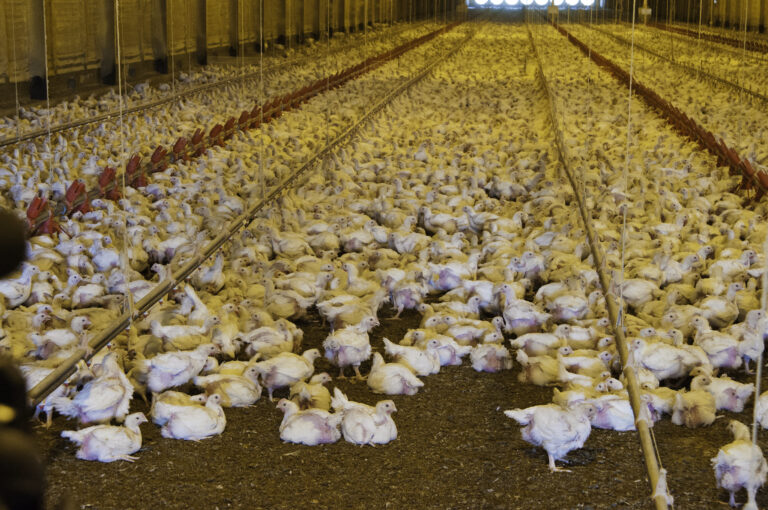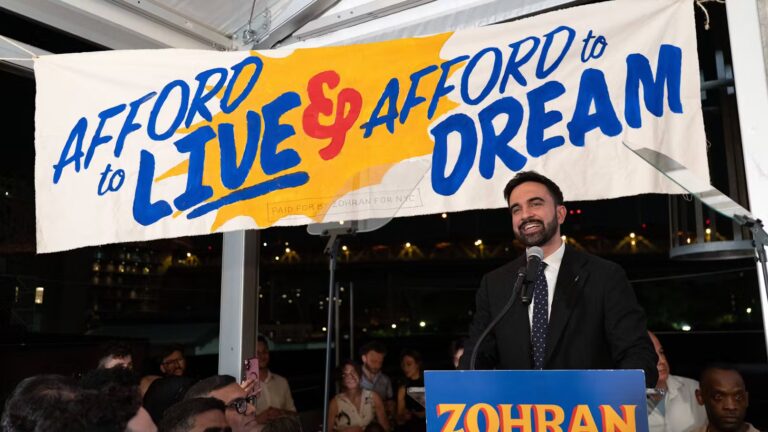The Wall Street Journal reports that labor costs have risen in the first quarter of 2015. Private-industry wages and salaries increased 2.8% in early 2015 in what has been termed the “strongest year-over-year growth” since the third quarter of 2008. At the heels of major companies such as McDonald’s and Wal-Mart announcing wage hikes for workers (though not for those employed by franchisees), more companies are contemplating wage increases. The data suggests that workers’ wages are finally beginning to climb after remaining at 2% annual growth for the past few years. However, some economists caution against sudden optimism. According to Ted Wieseman at Morgan Stanley, the apparent wage increase is due to a number of factors, including the fact that most of the increase seems to reflect the work of those whose pay includes incentives (like sales commissions). Wieseman notes that “[t]here’s been significantly less recent underlying acceleration in regular pay than suggested by the headline results.”
At the same time, unemployment claims fell to their lowest point in 15 years. The number of claims numbered at 262,000 and was the lowest level for initial claims since April 15, 2000. The number of unemployment claims is a reasonable proxy for economic health and varies widely from week to week. Still, many hope that the data will “help ease worries about the resilience of the U.S. job market.” For example, although nonfarm hiring has slowed considerably in recent months, the industry added 3.1 million jobs in 2014. In March 2015, the unemployment rate was 5.5% compared with 6.6% in March 2014 and 7.5% in March 2013.
According to Politico, Democrats are proposing a $12 minimum wage which has prompted debate amongst economists over whether such a rate would be too high. Sen. Patty Murray (D.-Wash.) and Rep. Bobby Scott (D.-Va.) propose incremental increases from now until 2020, after which “the wage minimum would be indexed to increases in the median wage.” The proposal would also eliminate the existing federal tipped minimum wage (currently $2.13) and would require employers to pay the same federal minimum wage for all workers. Politico argues that the bill “stands little chance of passing the Republican-dominated House and Senate” and would simply serve to “renew debate.” David Cooper, an economic analyst at the Economic Policy Institute argues, on the other hand, that the bill is appropriate because it would “restore the minimum to its level (after inflation) during the prosperous 1960s.”






Daily News & Commentary
Start your day with our roundup of the latest labor developments. See all
December 12
OH vetoes bill weakening child labor protections; UT repeals public-sector bargaining ban; SCOTUS takes up case on post-arbitration award jurisdiction
December 11
House forces a vote on the “Protect America’s Workforce Act;” arguments on Trump’s executive order nullifying collective bargaining rights; and Penn State file a petition to form a union.
December 8
Private payrolls fall; NYC Council overrides mayoral veto on pay data; workers sue Starbucks.
December 7
Philadelphia transit workers indicate that a strike is imminent; a federal judge temporarily blocks State Department layoffs; and Virginia lawmakers consider legislation to repeal the state’s “right to work” law.
December 5
Netflix set to acquire Warner Bros., Gen Z men are the most pro-union generation in history, and lawmakers introduce the “No Robot Bosses Act.”
December 4
Unionized journalists win arbitration concerning AI, Starbucks challenges two NLRB rulings in the Fifth Circuit, and Philadelphia transit workers resume contract negotiations.